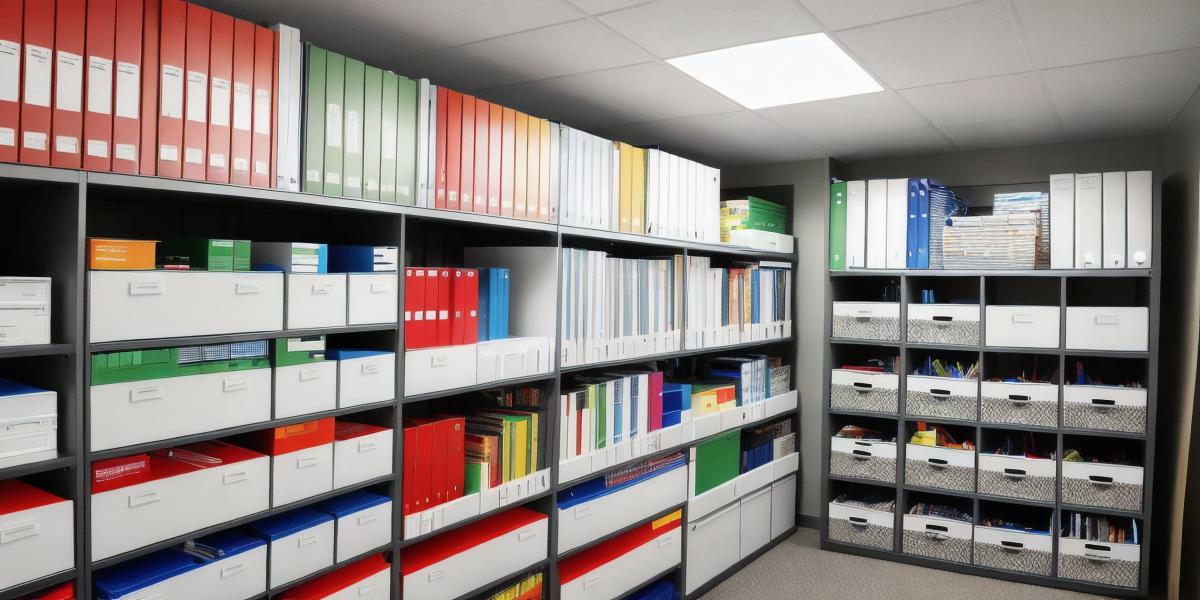When it comes to organizing a data room folder structure for due diligence or any other purpose, creating an efficient and effective system is crucial. A well-structured data room not only makes the process smoother but also saves time and reduces errors. Let’s explore how you can organize your data room folders in a logical and accessible way.
I. Define Your Data Room Structure

The first step in organizing your data room folder structure is to define its overall structure.
Consider the following factors:
**Type of Information:**
Determine what types of information you will be storing, such as financial statements, legal documents, contracts, and regulatory filings.
**Accessibility:** Decide who needs access to which information and how they will access it.
**Security:** Implement appropriate security measures to protect sensitive data.
**II.
Create a Logical Hierarchy**
A logical hierarchy is essential for organizing your data room folders. Begin by creating broad categories that reflect the types of information you’ll be storing.
For example:
- Financials: This category might include subfolders for income statements, balance sheets, and cash flow statements.
- Legal: Subfolders in this category could include contracts, leases, permits, and litigation records.
- Regulatory: Subfolders here may contain regulatory filings, licenses, and compliance reports.
III.
Use Clear and Consistent Naming Conventions
Consistent naming conventions make it easier for users to locate and understand the contents of your data room folders. For example, use descriptive names for subfolders such as "Q1_2021_Income_Statement" or "Contracts_Signed_Before_2015."

IV.
Keep it Accessible and User-Friendly
Your data room folder structure should be easy to navigate for users. Use a clear file naming convention, and keep the hierarchy as simple as possible. Additionally, consider providing an index or table of contents for easy access to information.
V. Review and Update Regularly
Finally, it is essential to review and update your data room folder structure regularly. Remove outdated information and ensure that new files are added to the appropriate folders. By keeping your data room organized and up-to-date, you’ll save time, reduce errors, and make the due diligence process more efficient.
Summary
Organizing a data room folder structure may seem like a daunting task, but by following these steps, you’ll create an efficient and effective system that makes the due diligence or any other process smoother and easier for all involved. Remember to define your structure, create a logical hierarchy, use clear and consistent naming conventions, keep it accessible and user-friendly, and review and update regularly. With these guidelines in place, you’ll be well on your way to mastering the art of data room organization.
